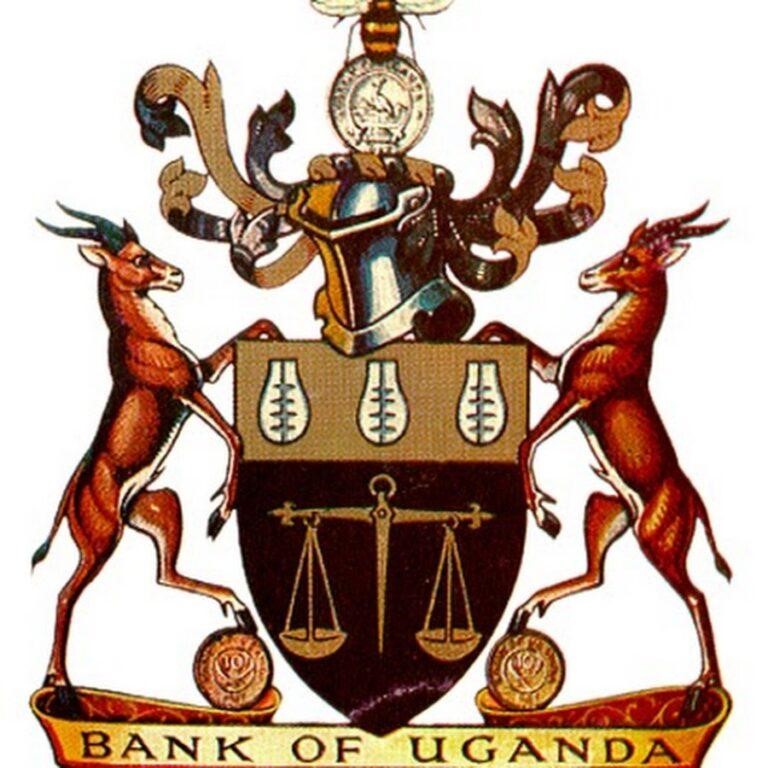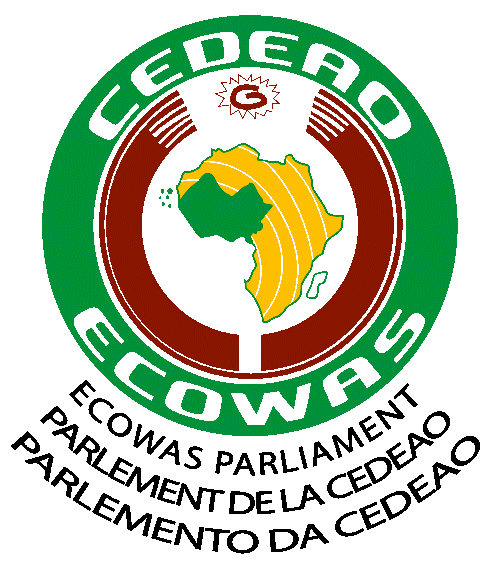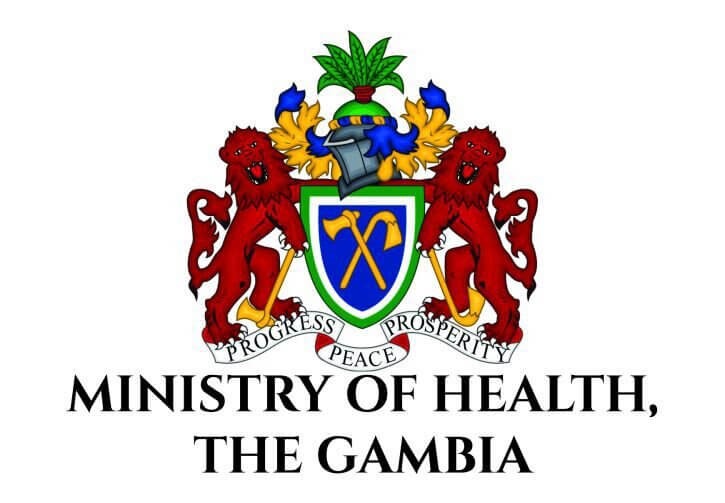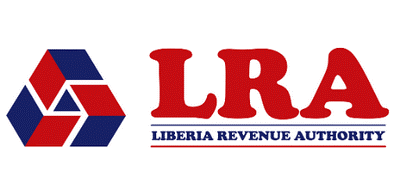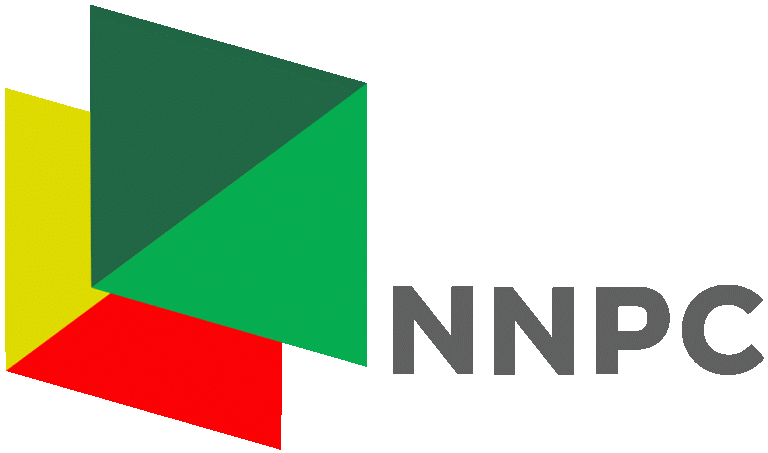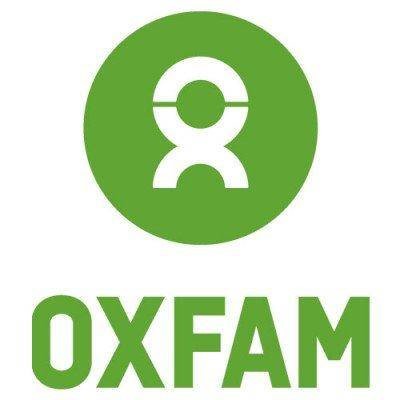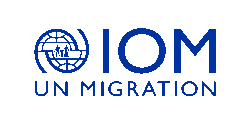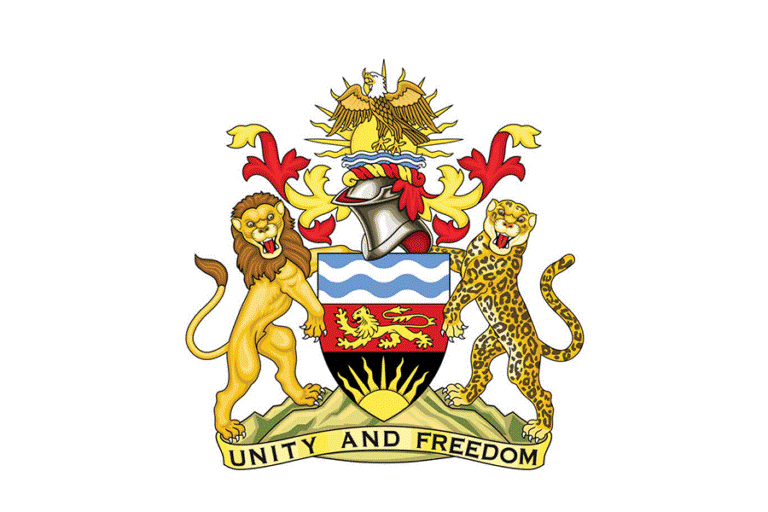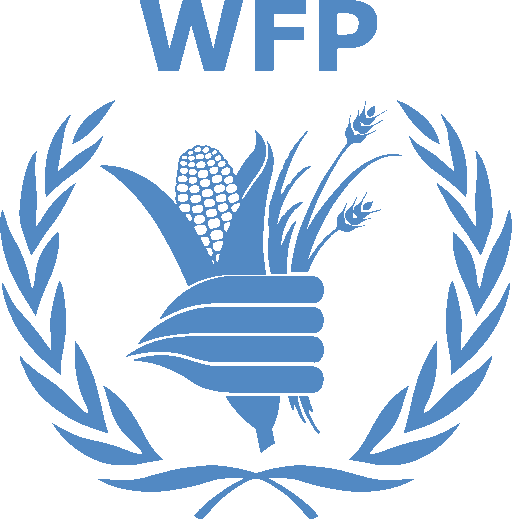Monetary Policy Implementation Training Course
INTRODUCTION
Monetary policy is one of the most important tools that central banks use to manage economic stability, control inflation, and influence economic growth. This Monetary Policy Implementation training course is designed to provide participants with an in-depth understanding of how central banks design, implement, and monitor monetary policy. The course focuses on the operational aspects of monetary policy, covering both conventional and unconventional tools, and offers insights into how policy decisions impact financial markets, the banking system, and the broader economy.
Through this course, participants will explore the strategic goals of monetary policy, the role of central bank instruments (like open market operations and interest rate setting), and the operational frameworks necessary to achieve policy objectives. Special attention will be given to real-world case studies and the current global monetary policy environment, including the challenges posed by financial crises, inflation, and economic uncertainty.
DURATION
10 days
COURSE OBJECTIVES
By the end of the course, participants will be able to:
- Understand the goals and objectives of monetary policy and its role in economic management.
- Learn the key tools and instruments central banks use to implement monetary policy.
- Examine the relationship between monetary policy and financial markets, including how interest rates, exchange rates, and inflation are influenced.
- Understand the operational frameworks for implementing monetary policy, including open market operations, standing facilities, and reserve requirements.
- Explore the challenges of implementing monetary policy in different economic environments (e.g., low interest rate environments, inflationary periods).
- Analyze the transmission mechanisms of monetary policy, including how changes in policy affect banks, businesses, and households.
- Evaluate the impact of unconventional monetary policy tools such as quantitative easing and negative interest rates.
- Assess monetary policy in the context of global economic challenges, including financial crises, liquidity management, and international capital flows.
- Understand the coordination between fiscal and monetary policy and how central banks interact with other government bodies.
COURSE CONTENT
Module 1: Introduction to Monetary Policy
- Overview of Monetary Policy Objectives: Price Stability, Full Employment, and Economic Growth
- Types of Monetary Policy: Expansionary vs. Contractionary
- The Role of Central Banks in Economic Management
- Historical Evolution of Monetary Policy
- Case Study: Key Changes in Monetary Policy Post-Global Financial Crisis
Module 2: Monetary Policy Instruments
- Overview of Monetary Policy Tools: Interest Rates, Open Market Operations, and Reserve Requirements
- The Policy Interest Rate: Setting and Communicating the Policy Rate
- Standing Facilities and the Role of Central Bank Lending
- Liquidity Management: Repo Operations, Reverse Repos, and Term Auctions
- Case Study: Implementation of Open Market Operations in Different Economies
Module 3: The Transmission Mechanism of Monetary Policy
- Understanding the Monetary Policy Transmission Mechanism
- How Changes in Policy Rates Impact the Economy: Banks, Businesses, and Households
- Interest Rate Channels, Credit Channels, and Exchange Rate Channels
- The Role of Expectations in Monetary Policy Transmission
- Case Study: The Impact of Interest Rate Changes on Inflation and Output
Module 4: Operational Framework for Monetary Policy Implementation
- Central Bank Balance Sheets and Their Role in Policy Implementation
- Design of Operational Frameworks: Collateral Management, Market Operations
- Managing Excess Liquidity and Reserves
- The Role of the Banking System in Policy Transmission
- Case Study: Managing Monetary Policy in a Liquidity Trap Environment
Module 5: Monetary Policy in Emerging and Advanced Economies
- Differences in Monetary Policy Implementation in Developed vs. Emerging Markets
- Challenges Faced by Emerging Markets: Capital Flows, Exchange Rate Management
- Managing Monetary Policy in Volatile Economic Environments
- Currency and Inflationary Challenges in Developing Economies
- Case Study: Inflation Targeting in Emerging Market Economies
Module 6: Unconventional Monetary Policy Tools
- Introduction to Unconventional Tools: Quantitative Easing (QE), Negative Interest Rates, and Yield Curve Control
- Implementation and Impact of Quantitative Easing on Financial Markets
- Negative Interest Rates and the Implications for Banks and the Economy
- Assessing the Risks and Benefits of Unconventional Tools
- Case Study: The Use of QE and Negative Interest Rates in Japan and the Eurozone
Module 7: Monetary Policy and Financial Stability
- The Role of Monetary Policy in Maintaining Financial Stability
- Macroprudential Policy and Its Relationship with Monetary Policy
- Managing Systemic Risks in the Banking and Financial Systems
- Central Bank Responses to Financial Crises
- Case Study: Central Bank Interventions During the Global Financial Crisis of 2008
Module 8: Coordination Between Monetary and Fiscal Policy
- Understanding the Interaction Between Monetary and Fiscal Policy
- The Role of Central Banks in Debt Management and Sovereign Financing
- Challenges of Policy Coordination in Economic Crises
- Case Study: Coordinating Fiscal and Monetary Responses During COVID-19
Module 9: Monetary Policy in a Global Context
- The Role of International Capital Flows in Domestic Monetary Policy
- Exchange Rate Management and Currency Interventions
- The Impact of Global Financial Conditions on Domestic Monetary Policy
- Central Bank Collaboration in Global Financial Governance (IMF, BIS, etc.)
- Case Study: The Global Spillover Effects of U.S. Federal Reserve Policy
Module 10: Monitoring and Evaluating Monetary Policy
- Techniques for Monitoring Economic and Financial Conditions
- Evaluating the Effectiveness of Monetary Policy
- Communicating Monetary Policy: Transparency and Forward Guidance
- Case Study: Central Bank Communication Strategies and Market Reactions
CERTIFICATION
- Upon successful completion of this training, participants will be issued with Macskills Training and Development Institute Certificate
TRAINING VENUE
- Training will be held at Macskills Training Centre. We also tailor make the training upon request at different locations across the world.
AIRPORT PICK UP AND ACCOMMODATION
- Airport pick up and accommodation is arranged upon request
TERMS OF PAYMENT
- Payment should be made to Macskills Development Institute bank account before the start of the training and receipts sent to info@macskillsdevelopment.com
Monetary Policy Implementation Course Training Course in Kenya
| Dates | Fees | Location | Action |
|---|---|---|---|
| 06/10/2025 - 17/10/2025 | $4,950 | Johannesburg |
|
| 13/10/2025 - 24/10/2025 | $2,950 | Mombasa |
|
| 20/10/2025 - 31/10/2025 | $2,450 | Nairobi |
|
| 03/11/2025 - 14/11/2025 | $4,950 | Johannesburg |
|
| 10/11/2025 - 21/11/2025 | $3,950 | Kigali |
|
| 17/11/2025 - 28/11/2025 | $2,450 | Nairobi |
|
| 01/12/2025 - 12/12/2025 | $4,950 | Johannesburg |
|
| 08/12/2025 - 19/12/2025 | $2,450 | Nairobi |
|
| 05/01/2026 - 09/01/2026 | $4,950 | Dubai |
|
| 19/01/2026 - 23/01/2026 | $2,900 | Kigali |
|
| 26/01/2026 - 30/01/2026 | $1,250 | Nairobi |
|
| 02/02/2026 - 06/02/2026 | $4,000 | Johannesburg |
|
| 16/02/2026 - 20/02/2026 | $1,750 | Mombasa |
|
| 23/02/2026 - 27/02/2026 | $1,250 | Nairobi |
|
| 02/03/2026 - 06/03/2026 | $4,950 | Instanbul |
|
| 16/03/2026 - 20/03/2026 | $2,900 | Kigali |
|
| 23/03/2026 - 27/03/2026 | $1,250 | Nairobi |
|
| 06/04/2026 - 10/04/2026 | $4,000 | Pretoria |
|
| 13/04/2026 - 17/04/2026 | $1,750 | Mombasa |
|
| 20/04/2026 - 24/04/2026 | $1,250 | Nairobi |
|
| 04/05/2026 - 08/05/2026 | $4,950 | Dubai |
|
| 18/05/2026 - 22/05/2026 | $2,900 | Kigali |
|
| 25/05/2026 - 29/05/2026 | $1,250 | Nairobi |
|
| 01/06/2026 - 05/06/2026 | $4,000 | Johannesburg |
|
| 15/06/2026 - 19/06/2026 | $1,750 | Mombasa |
|
| 22/06/2026 - 26/06/2026 | $1,250 | Nairobi |
|

